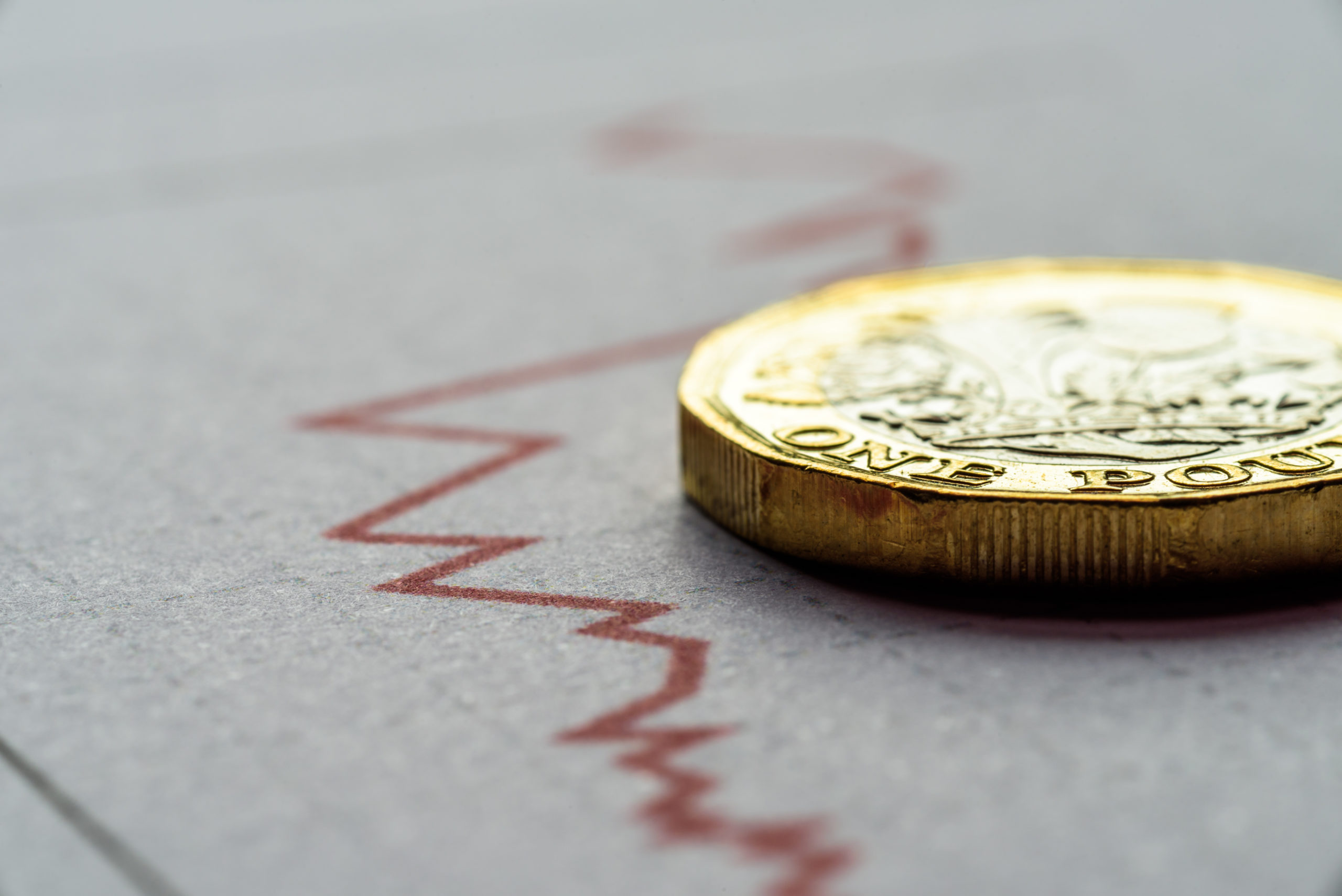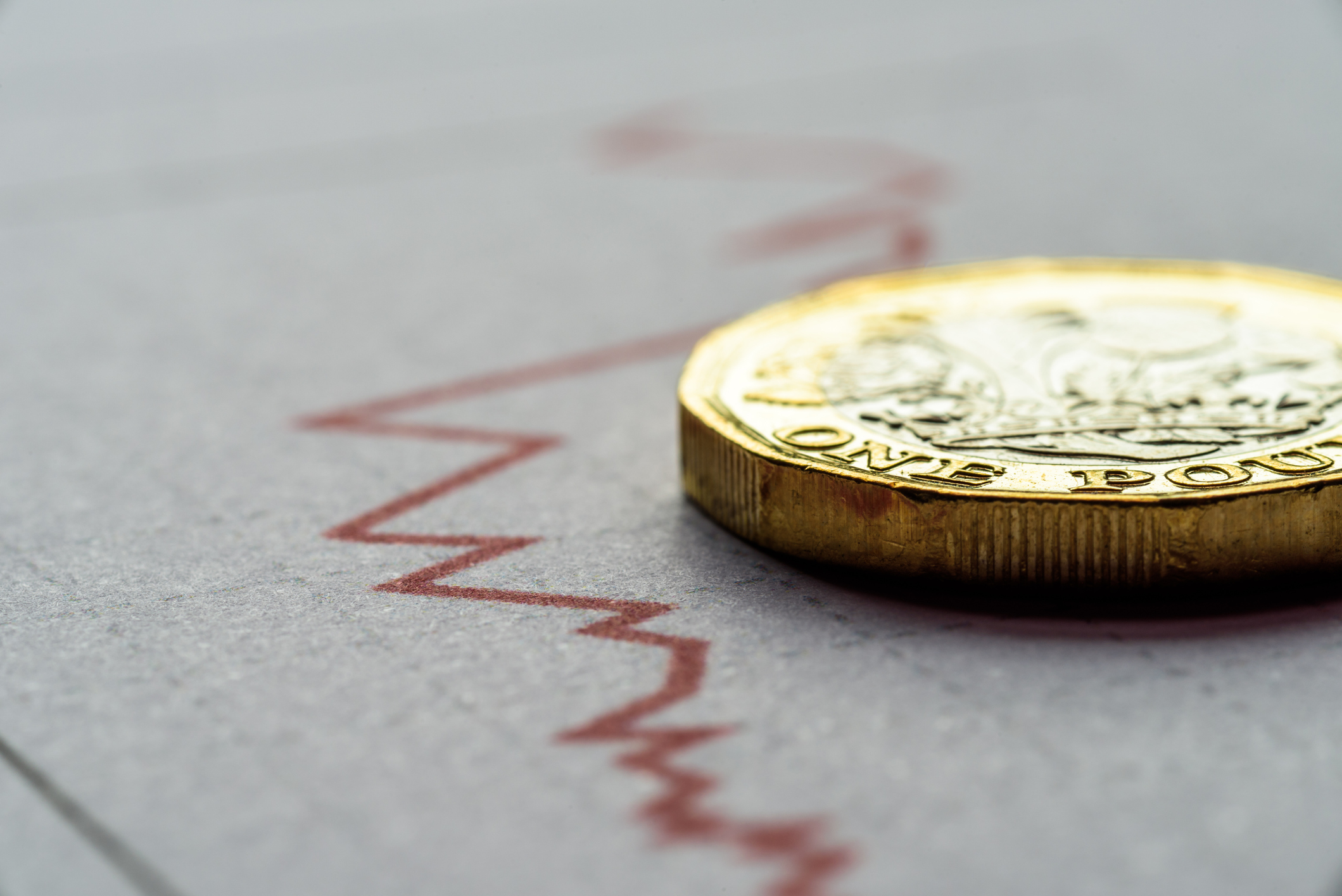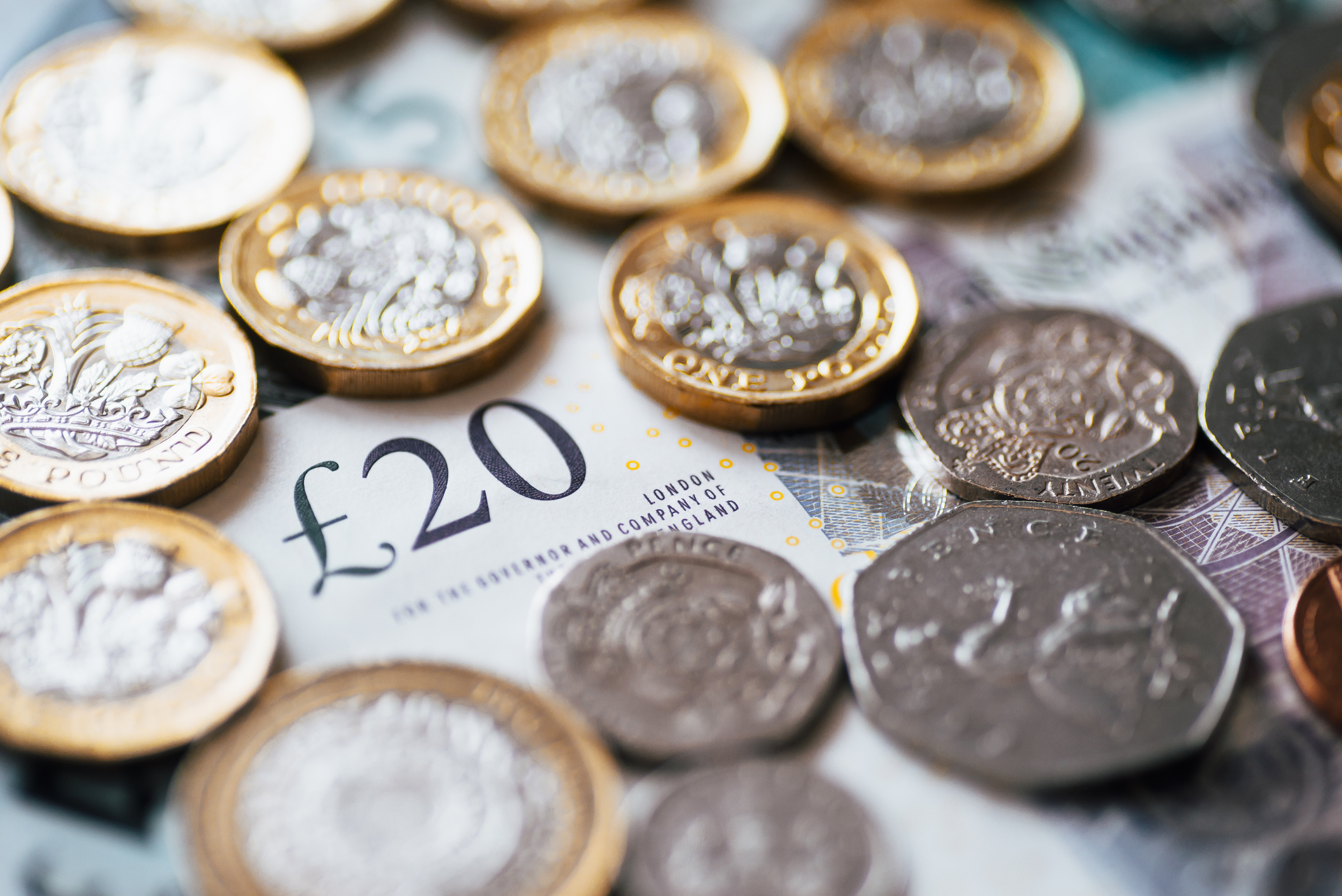

Alex Chappell
30th August, 2019
IC Insights
What to do in the next recession…
If you have a few hours spare and are partial to a decent film, I would highly recommend watching “The Big Short”. A word of warning though, you are unlikely to come out the other side more positive than you went in. It follows the stories of a small group of investors who separately ‘predicted’ the 2008 financial meltdown, encompassing conflict, sorrow and downright greed. Not really a great advert from a positive values perspective but it really is worth the time if you find yourself bored on a rainy Sunday afternoon (it’s only a matter of time after last weekend’s blazing heat!)
The small group of investors who profited from one of the worst economic events in our lifetime certainly have a story to tell. So to start with, I want to squash the myth of anyone who claims they have a crystal ball or psychic tendencies with respect to economic predictions… they don’t. Recessions only happen because almost everyone gets caught up in believing that the good times will go on forever and act accordingly, usually taking on too much debt and then struggling to repay it when times worsen. As the film depicts, the few who anticipate such an event need a lot of luck in addition to skill and expertise.
11 years and counting since the last recession and we get constant reminders that we are much closer to the next one. The last decade or so hasn’t seen fantastic growth in the developed world, and at present there are a number of obvious challenges; economic data is deteriorating, Trump seems hell-bent on punishing China, and then we have the deal or no deal battle with the EU and the UK. Will one or all events push the globe into recession, or will there be more positive outcomes potentially leading to a pickup in growth?
Two weeks ago, we received our biggest recession indicator yet, when the US yield curve inverted for the first time since 2007. I won’t go into what this means or why it is important; all you really need to know is that each of the last seven times it has occurred, a recession followed. Blimey – reduce risk and run to cash then?! If only it were that straight forward!
Firstly, the average time lag between this event and a recession is nearly two years (Credit Suisse), with strong returns still possible in the interim. Moreover, whilst we shouldn’t ignore its record, it is not fool proof for a variety of reasons, and just because it has worked in the past doesn’t mean it will now. The decision to move to cash is also a risky one… people label it as “riskless” incorrectly; inflation and currency risk are huge, especially with Brexit coming up. It is not inconceivable that your summer holiday could cost you 20% more next year, especially if you visit the US, and visits to the EU are up around 10% on last year already!
Then there are the two most important reasons not to take rash action. Firstly, we have a much wider investment universe from which to manage risk than we have ever had before. It will no doubt come as a surprise to many of you that under the current portfolio mix, we expect short term returns to be greater in a hard Brexit/no deal than in a soft. This should help highlight the flexibility we have to avoid certain risks – something we have a track record of doing across the last 11 years. Then secondly, it’s important to remember the long term benefits of keeping your money in tax-efficient vehicles, which can often override the investment performance anyway.
So to summarise, we are not yet convinced that we are heading for a recession in the short term, but we are alive to the possibility and it’s prudent to appreciate that we could be wrong. Either way, both the long and the short answer to the question around what to do in the face of the next recession is… nothing. Staying invested is crucial, because where there’s a threat there’s also an opportunity.
Finally, just because we don’t believe a recession is around the corner (just yet), doesn’t mean we aren’t acting – we have recently reduced portfolio risk on the back of strong returns year to date, in anticipation of an opportunity around the corner. This prudent approach is vital to the sustainability of the portfolios, and irrespective of how good we believe we are, ‘no one can see a bubble. That’s what makes it a bubble.” (The Big Short, 2015).
Categories
Recently Written
Join our mailing list




